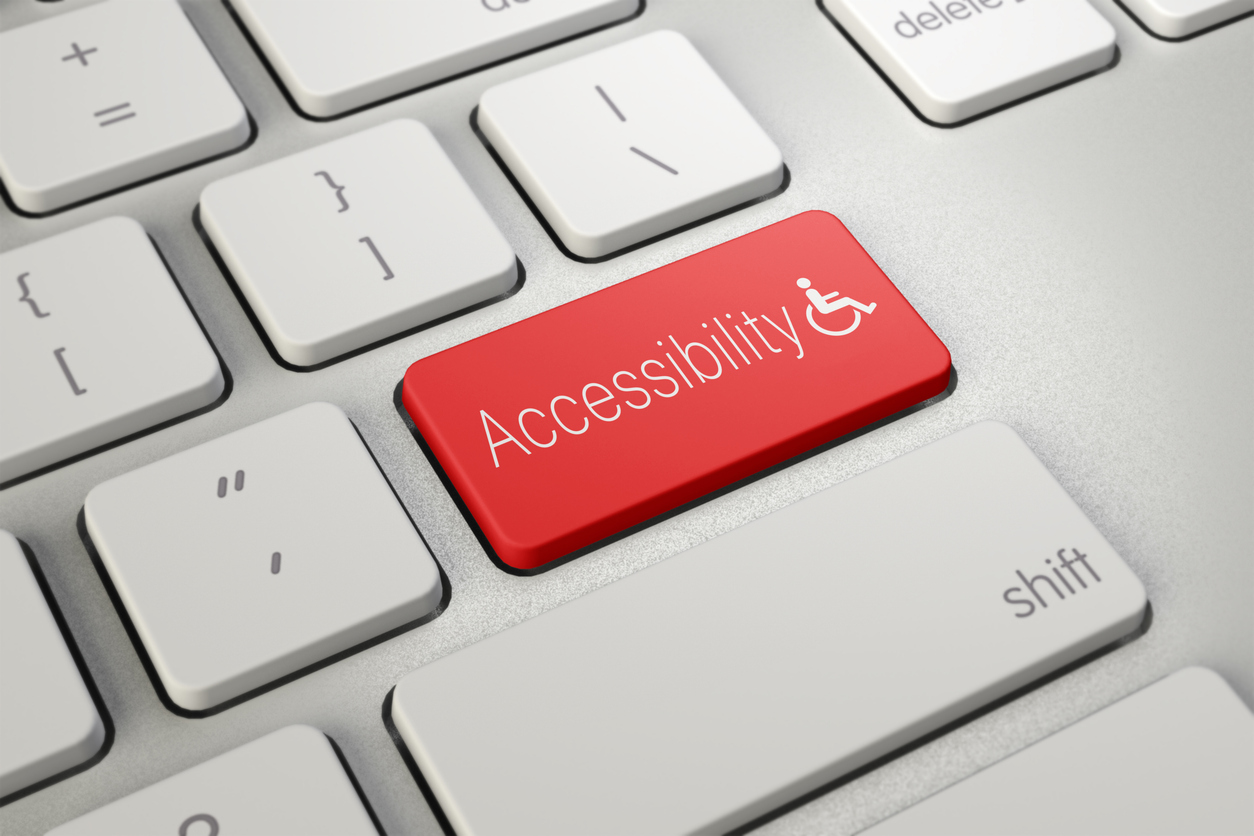
Web accessibility isn’t just a legal requirement—it’s essential for inclusivity and user experience. Yet, many websites still lack proper accessibility features, making it difficult for users with disabilities to navigate and engage with content.
What is Web Accessibility?
Web accessibility refers to designing and developing websites that accommodate users with disabilities, including those with visual, auditory, cognitive, and motor impairments. The Web Content Accessibility Guidelines (WCAG) outline standards for accessible web design, ensuring all users can interact with digital content without barriers.
Why Accessibility Matters
- Legal Compliance – Many countries, including the U.S. under the ADA, require websites to meet accessibility standards. Failing to comply can lead to lawsuits and reputational damage.
- Improved User Experience – Accessible websites enhance usability for all visitors, including those without disabilities. Simple navigation, clear fonts, and alt text for images contribute to a better experience.
- SEO Benefits – Search engines prioritize accessible websites. Features like properly labeled images, transcripts for videos, and well-structured content help improve search rankings.
- Expanding Audience Reach – Around 15% of the world’s population has a disability. A website that accommodates these users increases audience engagement and inclusion.
How to Implement Accessibility in Web Design
- Use Semantic HTML: Proper headings, labels, and ARIA roles enhance site structure for screen readers.
- Ensure Keyboard Navigation: Websites should be fully functional without a mouse, allowing keyboard users to navigate easily.
- Provide Text Alternatives: Alt text for images, captions for videos, and readable fonts help visually impaired users.
- Check Color Contrast: Ensuring high contrast between text and background improves readability for users with vision impairments.
Accessibility Testing Tools
Several tools, including WAVE, Axe, and Google Lighthouse, can help evaluate accessibility compliance. Conducting regular audits ensures that new content and features remain accessible to all users.
Web accessibility is a win-win for businesses and users. By implementing inclusive design practices, organizations can create a website that serves a broader audience while enhancing usability and SEO performance.
Prioritizing accessibility isn’t just about compliance—it’s about ensuring that everyone can access and benefit from the digital world.




